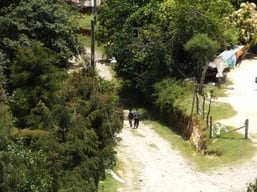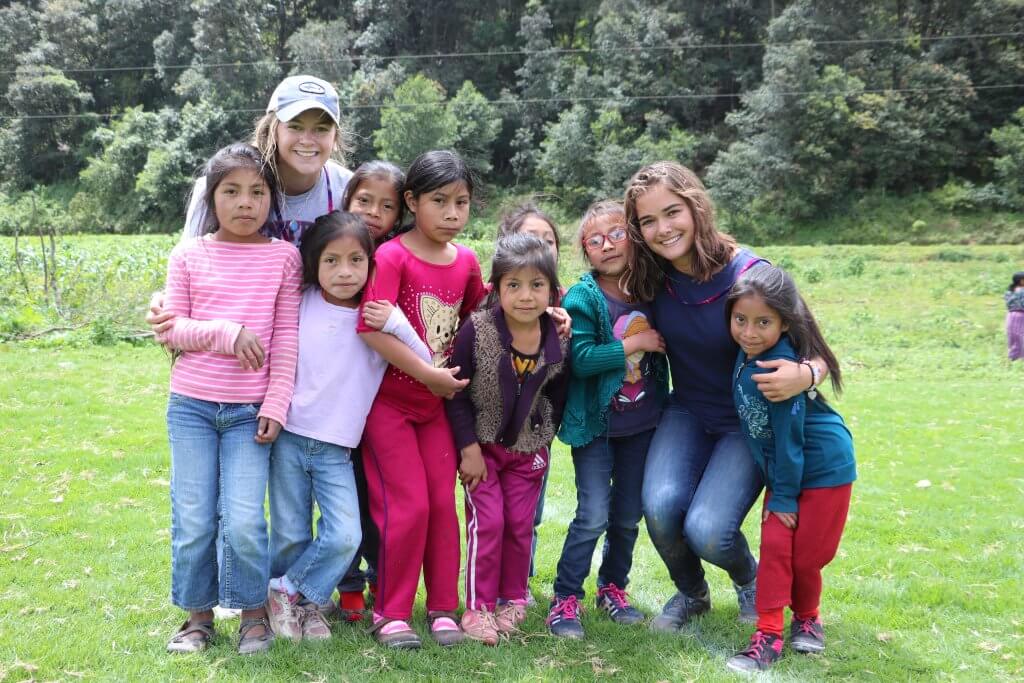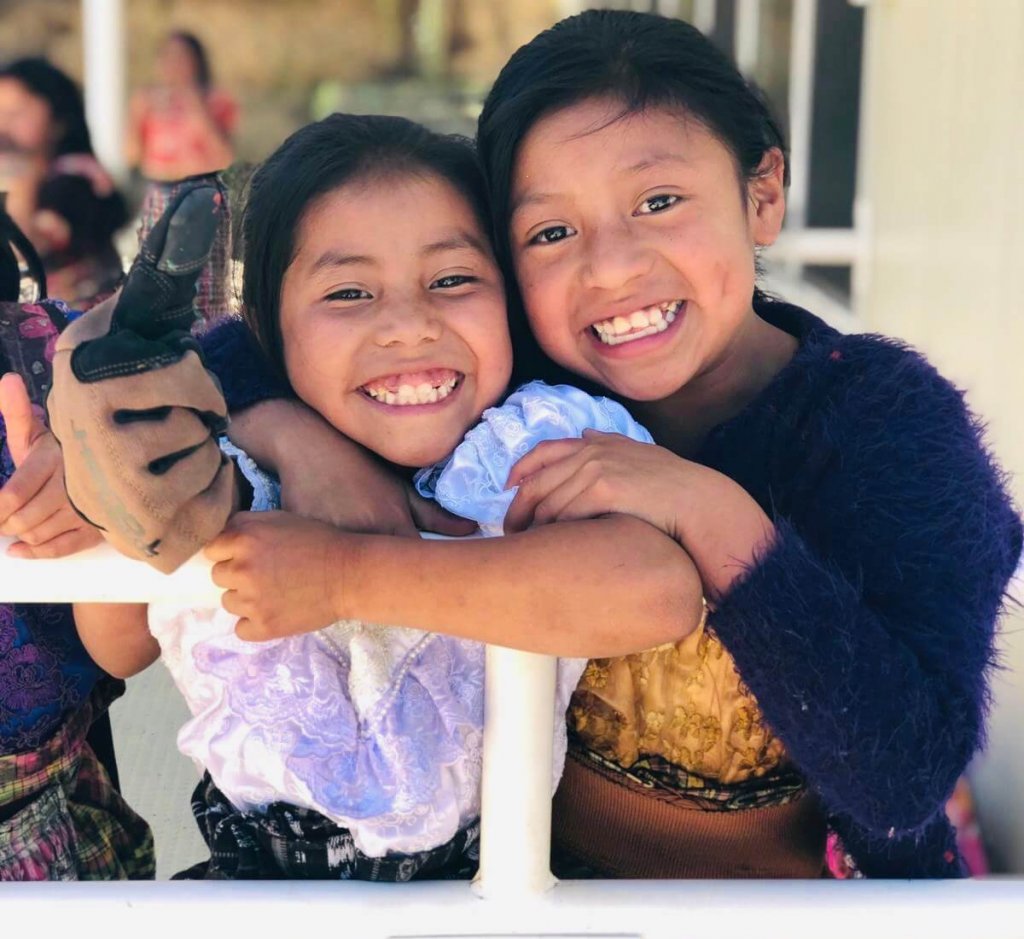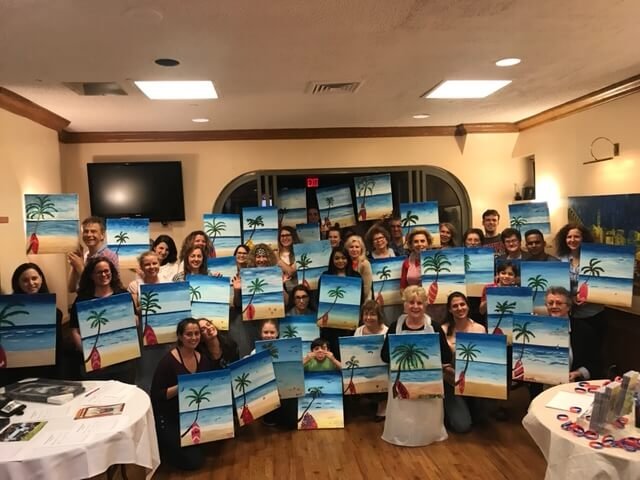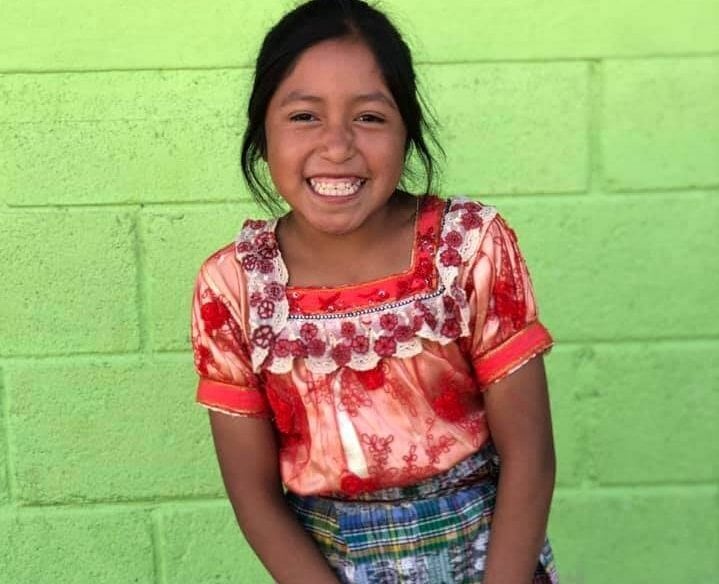Sibaca is more difficult to get to than any other place I’ve ever traveled. Ever. We thumped and thwacked up the side of a mountain for what felt like an hour until we finally arrived at the community’s school.
As we bumped along in the car, I thought about how Sibaca would most definitely be lacking some serious resources, more so than others schools we’ve visited, because of its isolated location. My expectations were as follows:
- The students would partake in little artistic expression, because it is too difficult for teachers to get to the city for supplies.
- The people would be timid, or speak mostly K’iche; again a product of limited interaction with the outside world.
- The school would be uncomfortable. Considering mountains’ propensities to be uneven or slope downwards, there wouldn’t be much space for games and the classrooms would be pretty small.
- The attitude towards learning would be ambivalent. Students, teachers, and the administration at my own school had a desire to excel because we wanted a good reputation among the schools in our region. In a place like Sibaca, other schools are too far to bother with judging. As a result, I wouldn’t see this same desire here to excel, since reputation wouldn’t be at stake.
Put simply, I didn’t anticipate much from Sibaca. I would have been sympathetic towards the community if they had met my low expectations because of their remoteness. But they didn’t.Here is the reality of Sibaca:
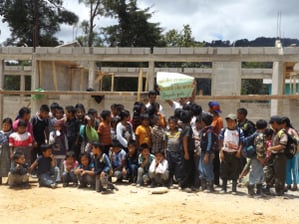 90 students greeted us with beautiful gifts that they had made in preparation for our visit. A poster that read “Bienvenidos” (“Welcome”), a needle-point of Tweety Bird, a pencil holder in the shape of a pig, drawings of houses and thank you letters were all in the mix.
90 students greeted us with beautiful gifts that they had made in preparation for our visit. A poster that read “Bienvenidos” (“Welcome”), a needle-point of Tweety Bird, a pencil holder in the shape of a pig, drawings of houses and thank you letters were all in the mix.- Everyone was so friendly. I spent a long while talking to two third-grade girls after class had let out. We talked about siblings, lifestyles, and dreams. They both spoke Spanish in the home and had brothers that were off at college.
- The school was indeed built on a bumpy site, but the community leveled it off—long and tiring work. Now the area is easy to walk around. Kids even have enough space to enjoy some good ol’ fútbol. Though the classrooms are indeed small and mostly made of tarp and metal (but not for long! School the World is funding a wonderful new building there), they are kept clean and organized; a testament to the respect for education that the community has. Which brings me to my next point.
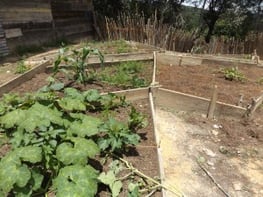 4. The drive to make the best possible school was amazing. I mean wow. There was even a garden out back. Not at all common or required, this garden is used to teach students about unfamiliar vegetables like eggplant and chili peppers and about how to cultivate crops. The vegetables have high nutritional value and students get to eat the exotic food once it’s grown! A truly inspired idea.
4. The drive to make the best possible school was amazing. I mean wow. There was even a garden out back. Not at all common or required, this garden is used to teach students about unfamiliar vegetables like eggplant and chili peppers and about how to cultivate crops. The vegetables have high nutritional value and students get to eat the exotic food once it’s grown! A truly inspired idea.
I can only attribute the successes here to amazing teachers and parents. Sibaca was wonderful in so many ways. I could go on for pages. I could fill a book or maybe ten. It fills my heart with happiness to know that students and teachers will get resources they deserve when the new STW school opens within a couple of months. Until then, keep up the amazing work, Sibaca!
[feather_share]


